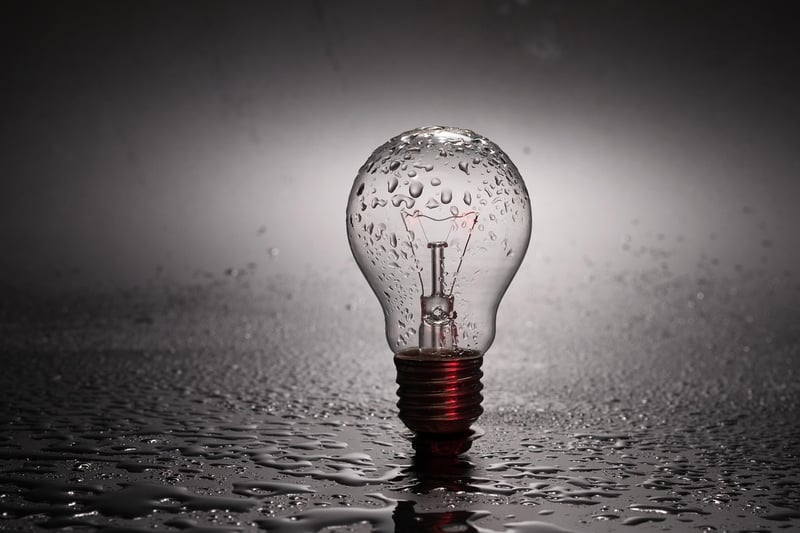Artificial Lighting Options
#Natural Light
#Artificial Light
#Low-Light Plants
Ensuring Your Plants Get the Right Light
The Importance of Light for Plants
Light is essential for plants as it is the key component of photosynthesis, the process by which plants convert light energy into chemical energy to fuel their growth. Different plants have varying light requirements, so it is crucial to provide the right amount and type of light for optimal growth.
Types of Light for Plants
There are three main types of light for plants:
- Full Sun: Plants that require full sun need at least 6 hours of direct sunlight daily.
- Partial Sun/Partial Shade: These plants thrive in 3-6 hours of sunlight per day.
- Shade: Plants that prefer shade should receive indirect or dappled sunlight.
Artificial Lighting Options
When natural light is insufficient or unavailable, artificial lighting can be used to supplement or replace sunlight for your plants.
Types of Artificial Lighting
- Fluorescent Lights: These lights are energy-efficient and suitable for a wide range of plants, especially those that require medium to high light levels.
- LED Grow Lights: LED lights are highly energy-efficient and provide specific light wavelengths that promote plant growth.
- Incandescent Lights: These are less commonly used for plants as they can produce too much heat and not enough light for proper growth.
Tips for Using Artificial Lighting
- Place lights close to the plants without causing heat damage.
- Provide 12-16 hours of light per day for most plants.
- Use timers to ensure consistent light exposure.
- Adjust the height and intensity of the lights based on the plant's needs.
Conclusion
By understanding the light requirements of your plants and utilizing artificial lighting when needed, you can ensure healthy growth and thriving indoor gardens year-round.

For more information on plant lighting and care, visit Gardening Know How.
